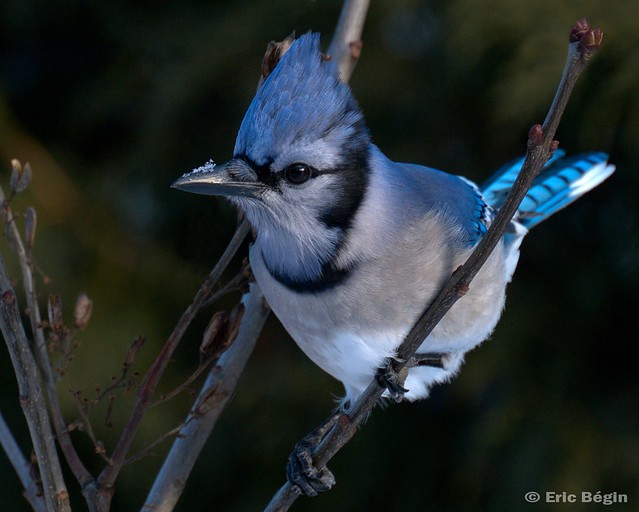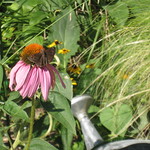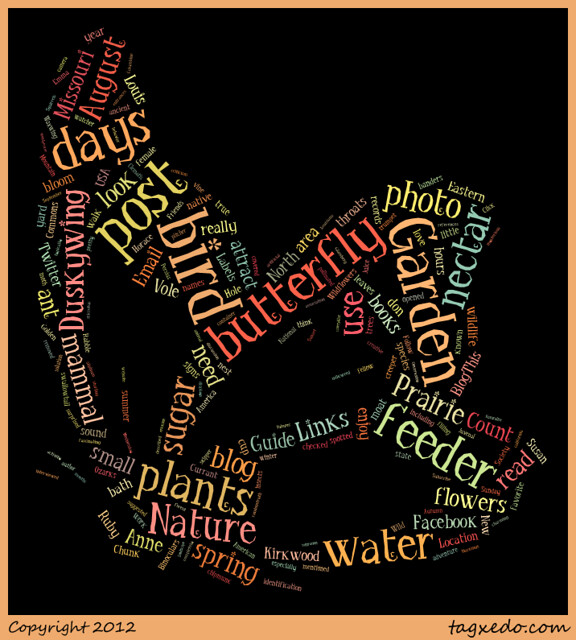 |
| Eastern Phoebe, photo by John Benson, from Wikipedia |
Thanks to all who helped with the Weldon Spring Christmas Bird Count, Jan. 4, 2014! We had 18 participants, 63 species, 8774 birds, and some really decent weather for the season. The Weldon Spring Count (also known as the "Busch count," officially labeled by National Audubon Society as "MOWS") has been held every year since 1952, sponsored by Webster Groves Nature Study Society. The count, like all Christmas Counts, is held between Dec. 14, 2013, and Jan. 4, 2014, and covers a 15-mile-diameter circle. In our case, the circle is centered on the town of Weldon Spring in St. Charles County, Missouri. It includes some of the best land-birding in the greater St. Louis area: Busch Memorial Conservation Area and, bordering the Missouri River, Weldon Spring Conservation Area.
Only one species had an unusually high count this year: Red-shouldered
Hawks totaled 22, topping the previous high of 18 in 2008. Out of 62 counts,
Red-shouldered Hawk has occurred only 28 times.
Several species were unusually low. Only 2 Red-headed
Woodpeckers were reported. The previous low was 1 in 1964, occurring 51 out of
the 62 counts. Red-headed Woodpecker is a "species of concern;" one of 117 species on the "yellow list" in the 2007 WatchList. Only 1 Ruby-crown Kinglet was reported—previous low of 1 in
2012. Only 2 Cedar Waxwings and 2 Purple Finches were seen. The low for Purple
Finch was a single bird in 2012. The House Sparrow count was also low—only 6.
(Most of us feel that’s a good thing.) The all-time low for House Sparrow on
our count was 5 in 2007.
A highlights for me were Hermit Thrush and Fox Sparrow,
found along a seldom-used road in the north-east section of Busch. Another
Hermit Thrush was found in Babler State Park. Hermit Thrushes are listed as "rare" in winter, and although the Fox Sparrow is considered "uncommon," but not rare, I've missed it a number of times on the count.
Our rock star was an Eastern Phoebe,
found independently in the Weldon Spring area by two different groups. This is only the third occurrence out of 62 counts—one in 1986, one in
2005. Birds of the St. Louis Area: Where and When to Find Them describes the Eastern Phoebe as "hardiest of the flycatchers" on our area. The
complete report is available to download at the bottom of the Birding page of the Webster Groves Nature Study Society's website. Happy birding in 2014!







